"Did you know that over 60% of restaurants plan to invest in AI technology by 2025, but 80% of diners still say personal connection is their top reason for repeat visits?" – National Restaurant Association
Automation is rewriting the playbook for local restaurants— but the real secret isn’t just about getting faster or smarter. It’s about using AI for restaurants 101: how local eateries can automate without losing their personal touch. Today’s diners crave warm, memorable customer service—even as tablets and smart tools make kitchens hum with efficiency. This guide breaks down exactly how you can bring artificial intelligence into your eatery without sacrificing the soul that brings guests back again and again.
What You'll Learn in AI for Restaurants 101: How Local Eateries Can Automate Without Losing Their Personal Touch
What artificial intelligence is and its impact on the restaurant industry
Top AI tools reshaping operational efficiency and customer experience
How local restaurants can maintain their personal touch with automation
Expert recommendations for balancing technology and hospitality
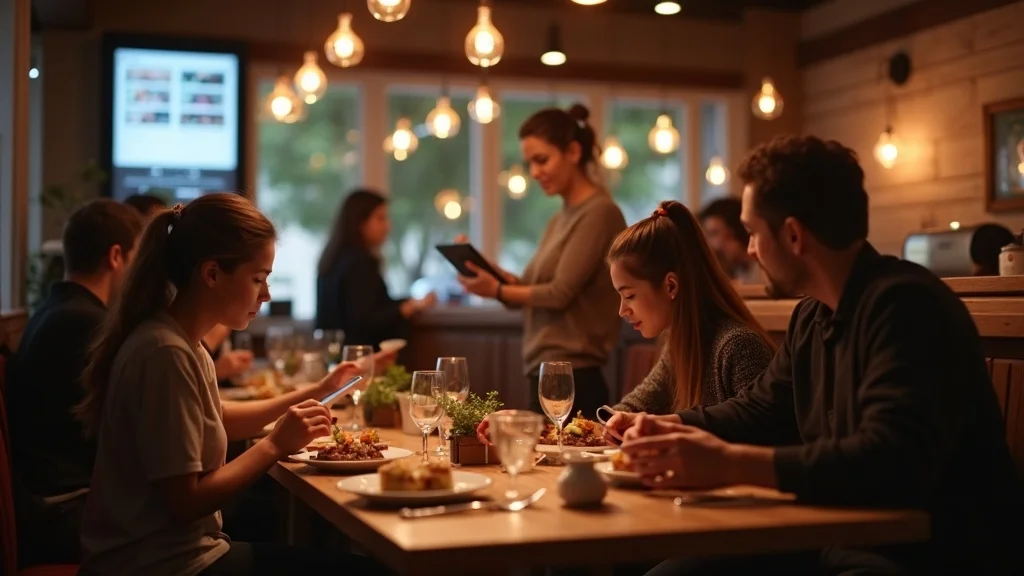
Table: Comparing AI Tools for the Restaurant Industry
AI Tool |
Purpose |
Customer Experience Impact |
Key Features |
Cost Range |
|---|---|---|---|---|
AI Reservation Systems |
Automate bookings, reduce no-shows, optimize seating |
Smoother guest flow, less wait time |
Smart scheduling, reminders, online booking integration |
$50-$200/month |
Menu Intelligence Tools |
Analyze ordering trends, suggest popular menu items |
Personalized recommendations, upselling |
Data-driven suggestions, picture-based choices |
$40-$120/month |
AI Staff Scheduling |
Optimize labor costs with predictive analytics |
Happier, well-rested team, better service |
Labor forecasting, shift swap automation |
$30-$110/month |
Inventory Management AI |
Monitor stock, automate ordering, reduce food waste |
Fresher menu, fewer sold-outs |
Real-time tracking, expiration alerts |
$70-$200/month |
AI Chatbots & Virtual Hosts |
Handle reservations, answer common questions |
Faster responses, consistent tone |
Natural language processing, multi-channel integration |
$25-$90/month |
21 Ways AI for Restaurants 101: How Local Eateries Can Harness Artificial Intelligence
Adopting AI Tools for Efficient Reservation Management
Enhancing the Dining Experience with AI-Powered Menu Recommendations
Personalizing Customer Experience Through Data-Driven Insights
Optimizing Staff Scheduling Using Operational Efficiency Algorithms
Implementing Inventory Management with Smart Forecasting
AI in Restaurants: Streamlining Kitchen Operations
Leveraging Virtual Assistants for Seamless Order Taking
Improving Takeout & Delivery with Artificial Intelligence Integration
Using AI Tools for Targeted Restaurant Marketing Campaigns
Monitoring Social Media Presence with AI-Driven Analytics
Customizing Loyalty Programs for Repeat Customers with AI
Automated Feedback Systems to Enhance the Dining Experience
Predictive Maintenance for Kitchen Equipment with AI
Fraud Detection and Secure Payment Processing via Artificial Intelligence
Reducing Food Waste by Smart Inventory Management
Voice-Powered Ordering and the Role of AI in Customer Experience
AI-Enhanced Training for Staff to Deliver Consistent Service
Real-Time Guest Sentiment Analysis Using AI Tools
Chatbots and Virtual Hosts for Front-of-House Interactions
Strengthening Health & Safety Compliance with Artificial Intelligence
Balancing Automation and the Personal Touch: Human Handoff Best Practices

Adopting AI Tools for Efficient Reservation Management
Reservation management is the heartbeat of smooth restaurant operations. With AI tools designed specifically for reservation handling, local eateries can optimize table allocation and reduce no-shows—while sparing staff the manual scramble at peak times. AI-powered systems make use of historical data and real-time analytics to predict busy periods, recommend best seating strategies, and even send friendly reminders to guests, improving operational efficiency. These systems also integrate digital channels, so whether a guest books via phone, website, or social media, the AI ensures seamless coordination. The result? Less waiting for diners, more tables served per hour, and fewer mismatches between guest flow and staff coverage—without the coldness of an automated phone tree. Because the best solutions let restaurant owners customize replies and prompts, local personality still shines through every confirmation or friendly reservation reminder.
The greatest advantage of AI in reservation systems is the ability to anticipate demand rather than reacting to it. By studying patterns like seasonal spikes, local events, or even weather forecasts, restaurants can plan staffing and resources ahead of time. This ensures guests are never left waiting or rushed out the door. Plus, by logging past orders and guest preferences, hosts can greet returning diners by name and offer a favorite table—combining the efficiency of machine learning with the warmth of classic hospitality. It’s a seamless win-win: less stress for staff members and a smooth, memorable entry for every guest.
Enhancing the Dining Experience with AI-Powered Menu Recommendations

The dining experience starts with the menu, and AI-driven digital menus are taking personalization to the next level. These systems use customer data—such as order history and dietary preferences—to recommend menu items tailored to individual tastes. Imagine a guest who frequently orders vegetarian dishes being greeted by new vegan specials, or a regular who loves spicy food seeing personalized heat-level suggestions pop up. For operators, AI-powered menus drive sales of featured items, help reduce food waste by spotlighting what’s freshest, and support upselling in a friendly, data-driven way. Plus, beautifully designed digital menus are easy to update in real time for seasonal changes or promotions.
Importantly, these AI tools are built with restaurant industry trends in mind, so they’re not just smart—they’re conversational. With natural language processing, digital menu assistants can answer common dietary or ingredient questions. That means fewer delays for staff, and a customer who feels seen and understood. Using AI in restaurants this way supports both accuracy and hospitality, making each meal as unique as the guest enjoying it.
Personalizing Customer Experience Through Data-Driven Insights
Local restaurants thrive on knowing their guests and making them feel special. By leveraging artificial intelligence and analyzing customer data, eateries can deliver an experience that’s as personal as a handshake. AI tools gather insights from past visits, favorite menu items, and birthdays, weaving all of it into actionable profiles. When a returning diner walks in, staff can receive prompts—like a favorite booth location or preferred drink—so that customer service feels attentive, not scripted. This level of personalization helps stand out in a crowded market, turning one-time diners into loyal regulars.
Data analytics also allow restaurants to spot trends among their guests and adjust marketing messages accordingly. Whether it’s tailoring an email to feature gluten-free menu items for select customers, or tweaking promotions based on historical data, these strategies put human relationships first. The key is using AI to inform—not dictate—how staff members interact, so the focus remains on genuine connection, not robotic repetition.
Optimizing Staff Scheduling Using Operational Efficiency Algorithms

Labor costs are one of the trickiest challenges for any restaurant owner. AI-enabled staff scheduling platforms use operational algorithms to address the issue directly. By blending smart forecasting with real-time shift management, these tools help managers schedule the right number of staff members—never too many or too few. The system learns from historical sales, seasonal traffic, and even unexpected events, helping avoid guesswork and last-minute scrambles. This operational efficiency creates a better work-life balance for employees, improved customer service for guests, and fewer labor overruns.
These smart schedulers also allow employees to swap shifts digitally, minimizing conflicts and stress. AI-driven notifications remind staff about upcoming shifts or changes, cutting down on absenteeism and ensuring that the restaurant industry’s famously unpredictable hours don’t disrupt service consistency. The bottom line: smart scheduling leads to happier teams, smoother operations, and a dining experience that feels as seamless as it looks to diners.
Implementing Inventory Management with Smart Forecasting
Efficient inventory management is a cornerstone in reducing food waste and controlling costs. AI-powered inventory systems predict usage, automate reordering, and alert managers when ingredients run low or approach expiration. This not only helps ensure that menu items are always available for guests, but also minimizes spoilage, saving money for fast food shops and fine dining restaurants alike. Smart forecasting uses both current sales patterns and long-term historical data, enabling restaurant owners to make data-backed purchasing decisions that preserve both quality and budget.
With connected dashboards, AI for restaurants 101: how local eateries can automate without losing their personal touch becomes reality. Chefs and managers get real-time visibility into pantry and cold storage, meaning no last-minute trips to the wholesaler—and far fewer “86’d” dishes on busy nights. The added bonus? Staff spend less time counting stock and more time on food preparation and memorable customer experiences.
AI in Restaurants: Streamlining Kitchen Operations
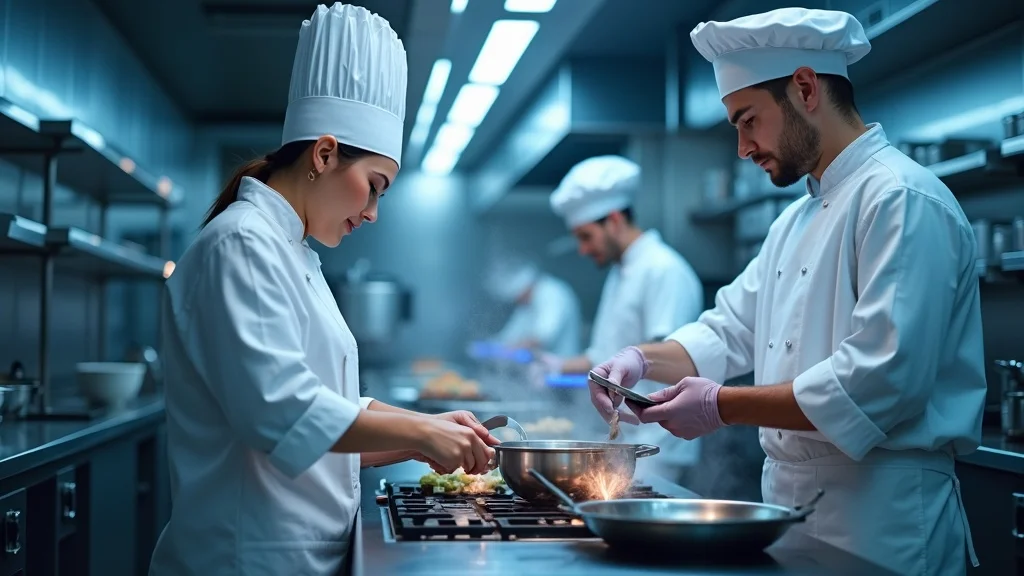
Transforming the back of house, AI tools make kitchen operations leaner and more reliable. From tracking cooking times and temperatures to optimizing food prep order, AI in restaurants supports chefs and kitchen staff in delivering consistent results. Systems can monitor ingredient usage in real time, ensure proper storage to reduce food waste, and even recommend prep adjustments based on the day’s reservations and menu demand. These tools combine machine learning with practical restaurant experience, preventing bottlenecks and helping each staff member do their best work.
Importantly, while technology does the number crunching, it doesn’t take away from the culinary creativity or the personal hand of the chef. Instead, artificial intelligence takes care of repetitive or predictive tasks, so humans can focus on artful plating, taste, and friendly banter with the team. And when AI spots a spike in online orders or prep requirements, it can alert the kitchen so no guest is left waiting. That’s the perfect marriage of operational efficiency and hospitality.
Leveraging Virtual Assistants for Seamless Order Taking
Virtual assistants have moved beyond smart homes to fast-paced dining rooms, helping restaurants handle high order volume with grace. These AI-driven systems are capable of taking orders, answering guest questions about menu items, and even making recommendations based on allergies or past choices. The benefit is twofold: guests enjoy quick, accurate service, and staff can devote more energy to personal interactions that delight diners.
Virtual assistants can be customized with a warm, local voice, ensuring every digital touchpoint matches a restaurant’s brand. Further, integration with POS systems means online and in-person orders are processed seamlessly, preventing double-ups or missed items. Rather than eliminating jobs, these ai tools free up staff members for moments that matter—greetings, farewells, and conversational check-ins that no digital interface could ever replace.
Improving Takeout & Delivery with Artificial Intelligence Integration
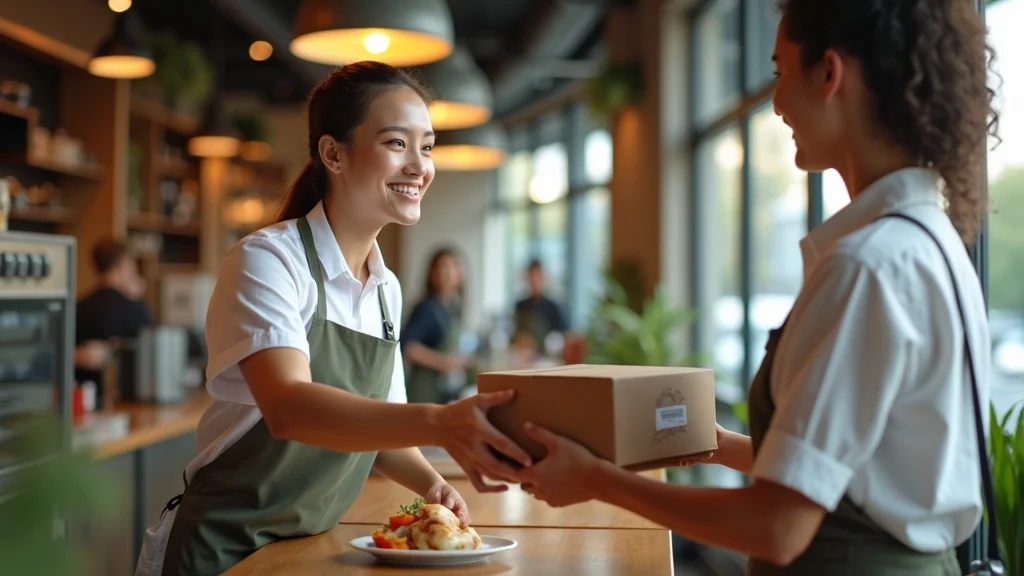
The last few years have shown just how important takeout and delivery are to the restaurant industry. AI-powered platforms can integrate online order systems, optimize delivery routes, and ensure real-time communication with both guests and drivers. By analyzing delivery data and customer feedback, these systems help cut wait times, prevent lost orders, and even make sure the right items go into the right bag—no more missed sauces or forgotten desserts!
Additionally, AI-driven notifications update guests with order status, while predictive forecasts help restaurants staff for busy nights or bad weather surges. By supporting a smooth, friendly handoff at pickup counters and empowering delivery staff with the right details, AI integration enhances service quality without sacrificing the human touch that sets local restaurants apart.
Using AI Tools for Targeted Restaurant Marketing Campaigns

Effective restaurant marketing is all about reaching the right guests with the right message. AI tools sort through guest preferences, social media interactions, online review trends, and even email open rates to identify the most promising marketing messages for each customer segment. This personalization results in more meaningful communications—whether it’s a birthday coupon, a sneak peek at new menu items, or a nudge when a regular hasn’t visited in a while.
With artificial intelligence tracking the performance of each campaign, restaurant owners can continually refine their approach, ensuring marketing budgets are spent wisely. Integration with loyalty programs encourages repeat visits, while automated feedback surveys gather insights to further improve customer experience. The result? Smarter marketing, happier guests, and more packed tables—all with less manual effort.
Human Touch: Ensuring AI for Restaurants 101 Maintains Genuine Hospitality
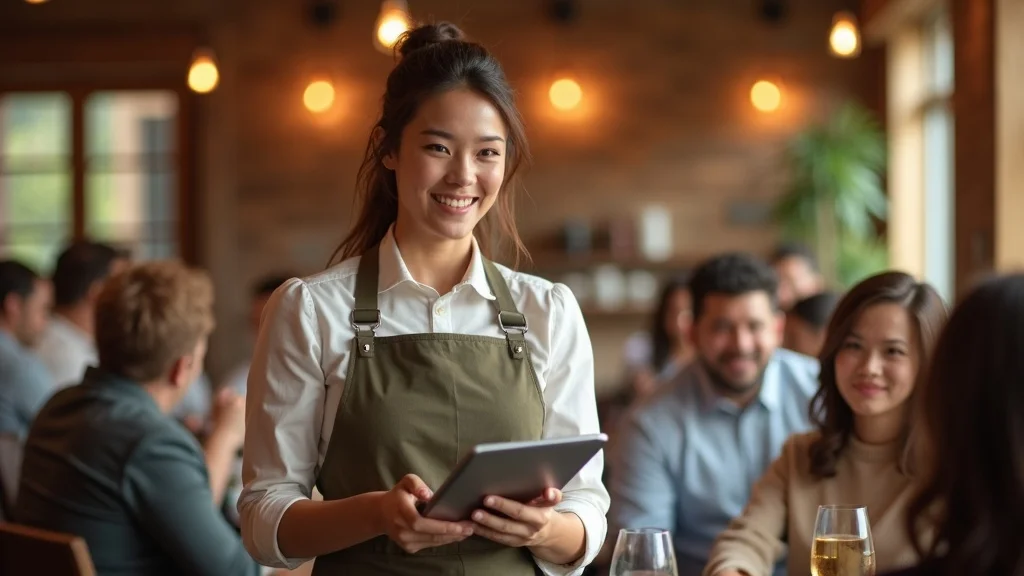
Staff empowerment through AI-enhanced tools
Customization of AI response tone for brand consistency
Steps to synchronize digital and in-person service
Developing protocols for human handoff at critical moments
"AI should enhance, not replace, the warmth a great server brings to your favorite local eatery." – Restaurant Tech Council
No matter how advanced the technology, heartfelt hospitality stays at the heart of the restaurant industry. The best implementations of AI for restaurants 101: how local eateries can automate without losing their personal touch start with empowering staff. When servers, hosts, and managers use AI and virtual assistants to manage tedious tasks, they’re free to focus on real connection—smiling greetings, table-side chat, and that extra touch guests remember. Customizing AI response tone, teaching it local slang, and syncing it with in-person gestures ensures that automation never feels cold or generic. Finally, clear human handoff—noting the moments when a knowledgeable staff member steps in—guarantees that AI works in service to hospitality, not the other way around.
By weaving AI into day-to-day routines, local restaurants can offer guests streamlined service without losing their soul. It’s not about replacing your best server; it’s about supporting every staff member, so they have more chances to create moments worth coming back for—no matter how “smart” the system behind the scenes is.
Best Practices: Customizing AI Responses for Each Local Restaurant
Guidelines for setting response tone and style in virtual assistants
Incorporating local slang and personalization cues
Balancing automation speed with thoughtful service
Example scripts for AI-human seamless exchanges

For local eateries, no two experiences—or voices—are the same. That’s why customizing AI tools is essential. Start by setting clear guidelines for virtual assistants, ensuring reply tone matches your brand: a neighborhood diner might favor relaxed, conversational scripts, while a high-end bistro may opt for refined, courteous language. Add local flavor by incorporating community slang, favorite sports teams, or a nod to local events—making every interaction feel familiar and genuine.
Thoughtful balance is the goal: let automation handle repetitive questions while ensuring staff members are quickly looped in for complex requests or difficult moments. Sharing example scripts with your team (like a transfer from chatbot to server for allergy concerns) keeps handoffs smooth. This adaptable approach means every guest gets both the efficiency of smart technology and the kindness that only a human can provide.
Service Consistency: Using AI to Maintain Restaurant Industry Standards
Centralized training modules powered by AI in restaurants
Monitoring and scoring interactions for quality assurance
Leveraging artificial intelligence to spot service gaps early
Adjusting operational efficiency for peak hours and holidays

Consistent service is the hallmark of successful restaurants. With AI-powered training modules, staff onboarding, and policy refreshers can be delivered interactively and updated as new standards or menu items roll out. AI tools also monitor interactions—spotting potential lapses in hospitality or common errors, so managers can quickly coach team members and maintain top-notch service.
These systems allow the restaurant industry to proactively address operational efficiency gaps that might appear during busy holidays or weekends, granting flexibility in scheduling, prep, and table management. Quality assurance dashboards help managers score guest encounters, reward great performance, and intervene early to correct issues before they escalate. Ultimately, artificial intelligence helps ensure guests get the signature experience they expect—every single visit.
This dynamic video montage highlights real local restaurants blending AI-powered tools like digital menus and smart kitchen dashboards with warm, personal interactions between staff and guests—showcasing how technology and hospitality work hand-in-hand.
Real Local Eateries: AI in Restaurants Case Studies
Many independent restaurants are already reaping the benefits of AI in restaurants. Take, for example, the family-owned bistro that implemented an AI-driven reservation platform. The system not only slashed no-show rates by over 20%, but also provided hosts with guest notes like anniversaries or preferred wines, allowing the team to personalize greetings for regulars. Another neighborhood café uses AI analytics to segment marketing campaigns by breakfast, lunch, or dinner crowd—resulting in a 30% increase in coupon redemption and improved customer experience through tailored offers.
In fast food and takeout venues, AI inventory management has cut food waste by up to 15%, while tablet-integrated order systems free up baristas to spend more time chatting with patrons instead of staring at registers. These stories show that, when thoughtfully implemented, AI tools elevate—not replace—the genuine hospitality that is the heart of any great eatery.
People Also Ask: AI for Restaurants 101
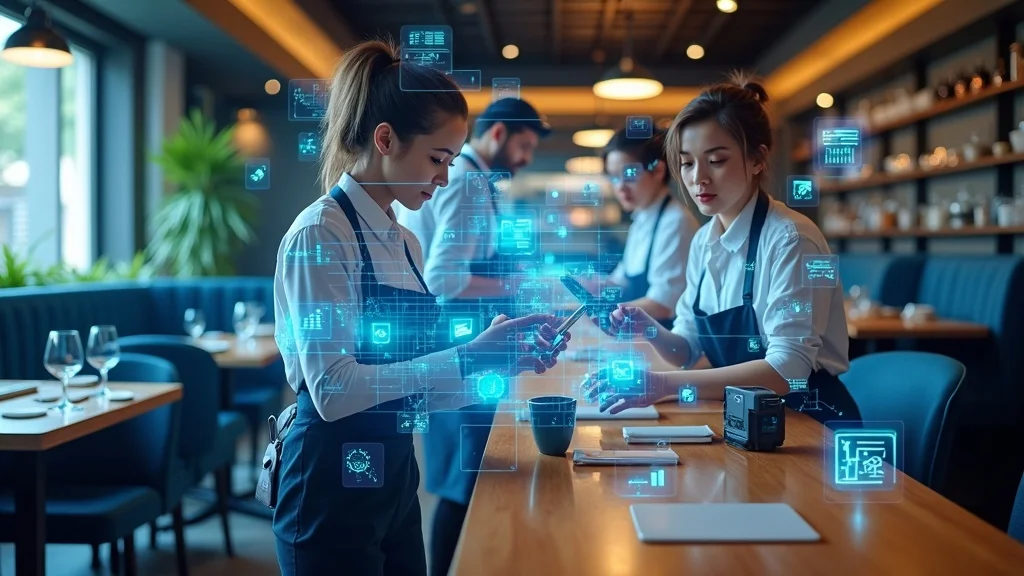
What is the 30/30/30/10 rule for restaurants?
Answer: The 30/30/30/10 rule breaks down restaurant expenses as 30% food, 30% labor, 30% overhead, and 10% profit. AI for restaurants 101: how local eateries can automate without losing their personal touch by optimizing food costs and labor through smart inventory management, staff scheduling, and data analytics, allowing businesses to stay within these guidelines while focusing on the customer experience.
How can AI be used in restaurants?
Answer: AI for restaurants 101: how local eateries can automate without losing their personal touch includes applications like virtual assistants, automated ordering, inventory management, personalized marketing, customer experience customization, and operational efficiency improvements, all of which help streamline processes while keeping authentic hospitality at the forefront.
What are 7 types of AI?
Answer: The 7 types of AI relevant to restaurants include machine learning, natural language processing, virtual assistants, robotics, expert systems, computer vision, and predictive analytics. Integrating these with AI for restaurants 101: how local eateries can automate without losing their personal touch ensures modern capabilities enhance, rather than diminish, the dining experience.
What is the AI phone system for restaurants?
Answer: An AI phone system for restaurants uses artificial intelligence to manage bookings, field customer questions, and route calls—improving operational efficiency and freeing staff for direct guest engagement. In AI for restaurants 101: how local eateries can automate without losing their personal touch, these systems enable prompt, consistent service while maintaining opportunities for human interaction.
See how smart inventory forecasting eliminates food waste, keeps menus consistent, and saves managers hours each week.
Frequently Asked Questions on Artificial Intelligence in the Restaurant Industry
Does using AI for restaurants 101: how local eateries can automate without losing their personal touch require technical expertise?
Most modern AI tools come with user-friendly interfaces and “plug-and-play” integrations, so technical skills aren’t a must. Staff training ensures everyone is comfortable and supported throughout onboarding.What is the most affordable way for small eateries to start using AI tools?
Begin with AI-powered reservation or scheduling systems, which often offer scalable pricing. Many solutions have free trials so you can test fit and results.How can artificial intelligence help reduce operational costs in restaurants?
By optimizing inventory, predicting labor needs, and eliminating repetitive manual tasks, AI enables tighter budget control and allows resources to be reallocated to guest service.Are AI tools safe for guest data in the restaurant industry?
Leading providers prioritize security and data privacy, following industry standards. Always choose reputable suppliers and update systems regularly to keep information secure.Can human handoff be guaranteed for complex customer requests?
Yes. AI platforms can be programmed to alert staff for allergy notifications, special occasion requests, or moments when a personal touch is essential—making the transition from digital to human seamless.
Key Takeaways: Embracing Automation Without Losing Your Touch
AI for restaurants 101: how local eateries can automate without losing their personal touch is about enhancing—not replacing—hospitality.
Adopting AI tools drives operational efficiency, but ongoing staff training ensures genuine customer experience.
Customizing AI ensures the restaurant industry can maintain their unique brand voice.
Human handoff protocols complete the seamless interaction between automation and authentic service.
Ready to Explore AI for Restaurants?
"Your next loyal customer could be just one thoughtful, AI-powered interaction away. Give us a call today at (843) 997-1127 or go to https://social-mobile-local.com to learn more."
Integrating artificial intelligence (AI) into restaurant operations can significantly enhance efficiency and customer satisfaction without compromising the personal touch that diners cherish. For instance, AI-driven inventory management systems can predict demand and optimize stock levels, reducing waste and ensuring menu consistency. Additionally, AI-powered customer service tools, such as chatbots, can handle reservations and inquiries, allowing staff to focus on delivering personalized experiences. By thoughtfully implementing these technologies, local eateries can streamline operations while maintaining the warmth and hospitality that keep guests returning.
 Add Row
Add Row  Add
Add 



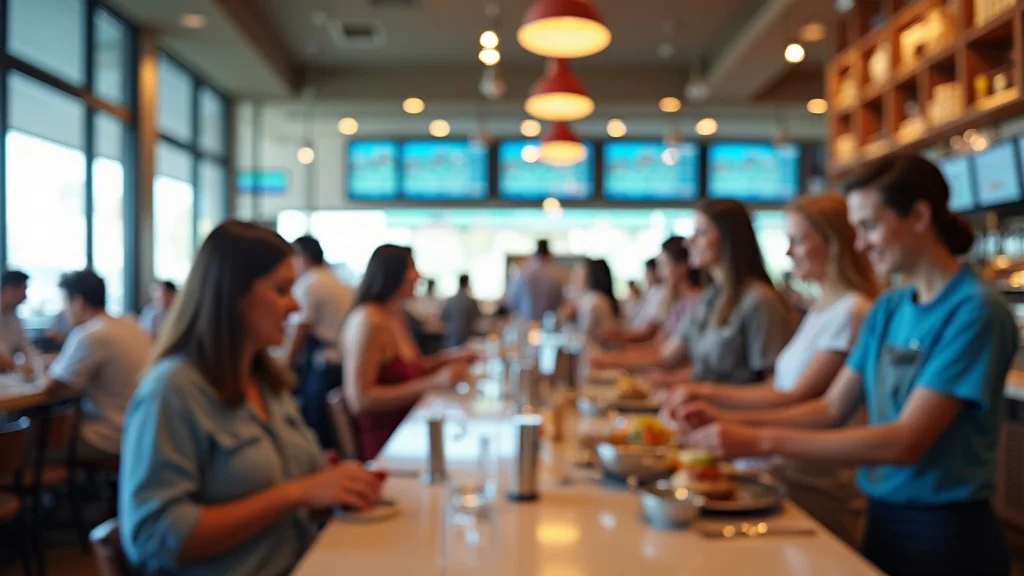
Write A Comment